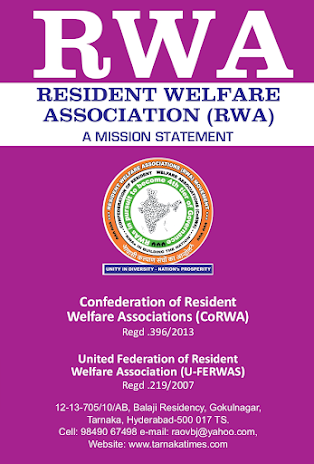TT News Network
If expert opinion and the results of surveys carried out worldwide are anything to go by public engagement is the missing link in planning and executing public infrastructure in major cities globally.
A recent survey of over 10,000 people in 10 global cities has shown that half or more respondents say there are interested but lack opportunities to provide feedback on infrastructure planning and decision-making.
“A failure to engage with the public before commencing work has delayed or undermined many significant projects.."
“A failure to engage with the public before commencing work has delayed or undermined many significant projects, from expanding airports and replacing bridges, to competing to host the Olympic Games. Engagement can be seen by providers as burdensome, slowing the potential of faster projects,” pointed out Michael S Burke, Chairman and CEO, of professional and technical services firm AECOM sharing the findings at the World Economic Forum (WEF), Annual Conference in Davos, Switzerland.
While digital tools and artificial intelligence techniques are being applied in interesting new ways to map and test complex models to improve how assets are delivered, adapted and maintained, industry and government leaders must not lose sight of an ingredient as core to modernizing infrastructure as finding the money to pay for it – public engagement, the senior executive pointed out.
“More than half of those queried say agency requests for citizen feedback on infrastructure projects come too late in the planning stage to be meaningful. Too often, these requests are perfunctory, top-down affairs; a process formulated with pre-determined outcomes more akin to checking boxes than capturing meaningful insights,” says the report.
According to consultancy firm McKinsey the world needs to invest an average of US $3 trillion annually to keep pace with projected growth through the year 2030, the report points out. The research shows that inadequate funding is the largest perceived inhibitor of progress in the infrastructure industry. Over a third of the respondents cite funding shortages as the number one constraint in getting new projects off the ground.
However, 11 of the world’s 20 largest economies, including the U.S. and several leading E.U. member states, have reduced infrastructure spending as a proportion of GDP since the global financial crisis. At the same time, the OECD says US$71 trillion is required by 2050 while the G20 believes that US$94 trillion is needed, and a US$15 trillion gap needs to be bridged by 2037.
What do you think? Should people have a say in public infrastructure? Vote now:
https://twitter.com/TarnakaTimes/status/1085826870187180032
Given the reducing pace of investment in infrastructure, it becomes imperative that scarce resources are optimally utilised for best results. For this to happen, an effective need assessment through people engagement at the planning stage itself becomes critical to the success of large infrastructure projects.
In the third world scenario, including India, for projects like road widening, new age infrastructures like expressways and mass-rapid systems to be taken up without really assessing possibilities of meeting the demand by leveraging existing infrastructure through behaviour change and achieving more for less.
Perhaps more active involvement of people and civil society organizations in infrastructure planning will go a long way in such wasteful expenditure on infrastructure.
Therefore, as the AECOM recommendations show, to meet the infrastructure challenges ahead and to bolster the social compact between the public and its institutions, we need to shift this approach. Further, it adds, providers can best address long-term urban infrastructure needs by better involving the public in three key ways:
- Building knowledge by providing greater transparency, primarily through greater public engagement during the planning, procurement and delivery process, and making infrastructure data more widely available;
- Improving understanding – of infrastructure broadly and the role it plays in powering economies and enhancing the quality of life, and especially awareness of how it is funded and financed, and;
- Boosting engagement by encouraging the public – as well as academics, the private sector, think tanks and more – to become a bigger part of the discussion through planning, advocacy and politics.







0 Comments